If you or someone you know has experienced an incident of sexual assault:
If you are dealing with an immediate life-threatening emergency:
- Call 911
- Call Campus Police 919-962-8100
- Proceed to the nearest emergency department
To review your options for care, call 919-966-6577 to speak to a member of the Gynecology clinic team. Hours for Gynecology are 8:00 a.m. – 5:00 p.m. Monday through Friday.
Why should I seek medical care?
After a physical or sexual assault, some medical concerns may not immediately be apparent, such as internal injuries, sexually transmitted infections (STIs), or pregnancy.
Consider obtaining an exam to protect yourself; emergency contraception can help prevent pregnancy and antibiotics can help with infections.
What sexual assault services are offered at Campus Health?
Campus Health offers a variety of options for services for sexual assault survivors, and will let the survivor decide which options they would like to pursue. Survivors may choose no services, treatment without exam, or treatment and exam. Survivors interested in forensic evidence collection are referred to the Sexual Assault Nurse Examiners (SANE) program at UNC Hospitals. Campus Health does not provide SANE services but will assist with referral and coordination.
Campus Health provider can offer:
- Testing and screenings
- Medication prescriptions for the prevention of infections and pregnancy
- Coordination of services within Campus Health and/or the community.
- Immediate referral and coordination with the SANE program at UNC Hospitals for forensic evidence collection.
- Connection to Counseling and Psychological Services (CAPS) providers, who can provide confidential emotional support to survivors of sexual assault
Whichever options the survivor requests – even if that’s no treatment – Campus Health will provide information about services available and recommend two follow-up appointments, one within a few days and one within a few weeks.
Who can use sexual assault services offered at Campus Health?
Any student who is eligible for health care services at Campus Health may be seen for sexual assault services. For those who are not eligible for Campus Health care, we encourage you to contact the Orange Country Rape Crisis Center for options and support.
How are these services paid for?
Through the Student Government Survivors Assistance Fund, monies are available to help offset medical and mental health expenses incurred by survivors of a sexual assault. These funds are available to survivors who are eligible for health care services at Campus Health. This fund covers medical procedures/treatments, medication prescribed including HIV prophylaxis, mental health services and specialty services if indicated. For more information visit safe.unc.edu.
You can also read the University Policy on Sexual Assault.
